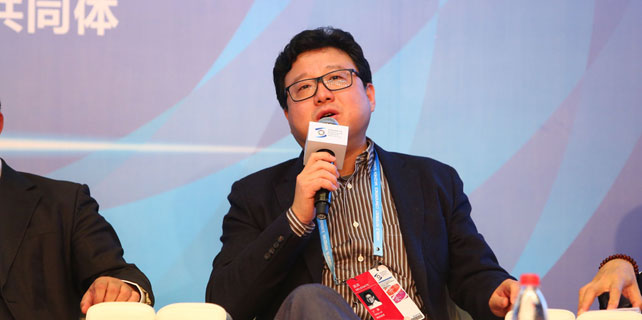New Russian alloy to reduce global energy loss three-fold
Russian scientists have discovered a way to reduce energy loss inside electric transformers and motors by 66 percent. They are currently developing a unique ferrum-based amorphous alloy whose specifications considerably surpass those of conventional materials.
A magnetic steel core for voltage conversion is a key element of each transformer. The intra-core conversion process mostly causes loss of electricity through heating. This loss of electricity accounts for 3.5 percent of annual worldwide power consumption. Magnetic steels, now used by industrial companies, have reached the limit of their potential.
The demand for power continues to increase against the backdrop of the planet's dwindling natural resources. The issue of saving electricity may be resolved by creating new amorphous alloys. Their amorphous structure, including the absence of a crystal lattice and the chaotic arrangement of atoms, considerably improves their properties, as compared to traditional materials.
Members of a research team from the Advanced Energy-Efficient Materials Lab at the National University of Science and Technology MISIS (NUST MISIS, Moscow) are developing a new ferrum-based amorphous alloy with unique specifications, including low loss of electricity and high saturation induction. These specifications make it possible to manufacture smaller cores that heat up less.
"The unique properties of the new material are achieved through an improved composition and by using the melt-spinning method. When the melting temperature reaches 1,3000C, the melt is poured onto a revolving copper disc and cooled off quickly. The resulting amorphous ribbons have a thickness of 20 micrometers (one micrometer equals 10-6 meters), or four times less than that of a human hair.
"It will be necessary to modify the process for manufacturing transformers with new-alloy cores, and they will cost about 30 percent more to produce. However, the operation of these transformers for three–five years and reduced loss of electricity will make it possible to recoup greater financial expenses. If we replace all transformers in Moscow with new ones, it would become possible to annually save an estimated $20 million," said employees of the Advanced Energy-Efficient Materials Lab at the National University of Science and Technology MISIS.
Experiments have established that one transformer with a core based on the new alloy and converting 6.6 kilovolts into 220 volts reduces loss of electricity by 66 percent and makes it possible to save up to 16.3 megawatts annually. This amounts to about $4,600, with about 30 cents per kilowatt/hour. In addition, the device will make it possible to reduce the volume of incinerated fuel and to prevent the emission of 7.2 metric tons of carbon dioxide annually.
Work is still underway to develop the new alloy, and its large-scale introduction will yield substantial economic and environmental effects.









